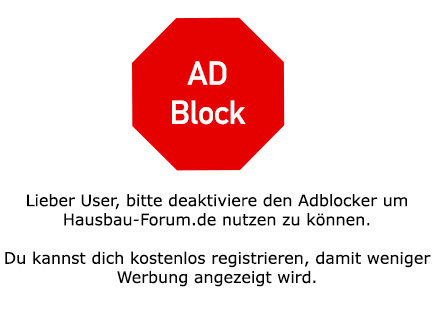Thomas Faerber
2021-04-16 22:39:19
- #1
Hello everyone,
I am renovating an old house (built around 1900) and want to install underfloor heating on the ground floor. The old floor has already been removed and a new floor slab has been poured, the electrical wiring and pipes are already in place, and the next step is the underfloor heating.
Now we cannot plaster directly because, for various reasons, there are delays. Therefore, my craftsmen are currently in a dispute about whether the screed can be laid directly on the underfloor heating or not, because apparently the walls should be plastered first. I now have to make this decision, whether the interior walls should be plastered first, but I am unsure.
The screed would border an old brick wall, which is also not completely even. The house stands on a plinth, so everything seems to be dry from below. The floor will be tiled afterwards.
I am aware that there will be a mess when we plaster later. I would try to cover the floor then. But in your opinion, is there anything significant speaking against laying the screed directly against the "open" wall and plastering later?
Kind regards Tom
I am renovating an old house (built around 1900) and want to install underfloor heating on the ground floor. The old floor has already been removed and a new floor slab has been poured, the electrical wiring and pipes are already in place, and the next step is the underfloor heating.
Now we cannot plaster directly because, for various reasons, there are delays. Therefore, my craftsmen are currently in a dispute about whether the screed can be laid directly on the underfloor heating or not, because apparently the walls should be plastered first. I now have to make this decision, whether the interior walls should be plastered first, but I am unsure.
The screed would border an old brick wall, which is also not completely even. The house stands on a plinth, so everything seems to be dry from below. The floor will be tiled afterwards.
I am aware that there will be a mess when we plaster later. I would try to cover the floor then. But in your opinion, is there anything significant speaking against laying the screed directly against the "open" wall and plastering later?
Kind regards Tom
